The construction landscape in Sub-Saharan Africa is undergoing a metamorphosis. From the bustling skyline of Lagos to the expanding residential suburbs of Nairobi and the industrial hubs of Dar es Salaam, the continent is building at an unprecedented rate. For decades, the supply chain feeding this construction boom was relatively binary: if a developer wanted prestige and luxury, they imported from Italy or Spain (Europe); if they wanted affordability and mass volume, they turned to China.
However, in recent years, a third player has aggressively entered the arena, disrupting this established dichotomy. Iranian ceramic and porcelain tiles are rapidly gaining market share across the African continent. This shift is not accidental. It is driven by savvy African importers who have realized that the traditional options no longer offer the best return on investment.
For the African importer, the equation is complex. European tiles, while beautiful, have become prohibitively expensive due to rising energy costs in the Eurozone and currency exchange fluctuations. Chinese tiles, while accessible, often suffer from inconsistency in quality and a perception of being “mass-produced” with less attention to detailed aesthetics.
Enter Iran. With its rich history of craftsmanship dating back to the Persian Empire, combined with modern Italian manufacturing technology and some of the world’s lowest energy costs, Iran offers a “Sweet Spot” in the market. This article provides an in-depth, professional analysis of why African importers are increasingly pivoting toward Iranian tiles, dissecting the economic, technical, and aesthetic factors that make Iranian products the superior choice in today’s market.

The “Golden Ratio” of Price and Quality
The primary driver for any business decision in the import-export sector is the bottom line. However, smart importers know that the cheapest product is not always the most profitable. The true metric is the price-to-quality ratio, and this is where Iranian tiles currently hold a global advantage.
Understanding the Cost Structure
Why are Iranian tiles so competitively priced compared to European alternatives? It is not a matter of cutting corners; it is a matter of resource abundance.
-
Energy Costs: The production of ceramic tiles is energy-intensive, requiring kilns to operate at extremely high temperatures for extended periods. Iran has some of the largest natural gas reserves in the world. While European manufacturers are grappling with sky-high energy bills that drive up their ex-factory prices, Iranian factories access fuel at a fraction of the global cost. This savings is passed directly to the buyer.
-
Raw Materials: Iran is geologically diverse and rich in the essential minerals required for tile production, including kaolin, feldspar, and silica. Unlike many countries that must import these raw materials (adding freight costs to the production process), Iran mines them domestically.
The Quality Gap with China
While China remains the volume leader, African importers often report issues with consistency. A batch of tiles from a budget Chinese manufacturer might differ slightly in shade or calibration from the next batch. In contrast, major Iranian manufacturers (centered in Yazd and Isfahan) operate with strict quality control protocols often modeled on European standards.
For an African developer, buying Iranian tiles means getting a product that looks and feels like a $30/sqm Spanish tile, but costs significantly less, often competing directly with mid-range Chinese prices. This creates a massive margin opportunity for distributors in countries like Ghana, Senegal, and Kenya.
Aesthetic Versatility and Design Sophistication
The African consumer is evolving. The demand for sophisticated interior design is rising among the growing middle class in Africa. They want the “look” of luxury marble, natural wood, or modern concrete finishes.
Mastering Digital Printing Technology
Iranian manufacturers have invested heavily in advanced digital printing machinery (often imported from Italy’s System or Sacmi brands). This allows them to produce:
-
High-Definition Realism: Iranian tiles replicate the veins of Carrara marble or the texture of oak wood with startling accuracy.
-
Nano-Polished Finishes: One of the most sought-after products in Africa is the “Super Polished” or “Nano Polished” porcelain tile. Iranian factories excel in this, creating a mirror-like finish that resists staining and scratching—a key selling point for African homeowners who value cleanliness and shine.
Cultural Resonance in Design
There is a subtle but powerful cultural connection between Iran and many parts of Africa. The historical influence of Islamic art and geometry appeals to markets in North Africa, Northern Nigeria, and the Swahili coast of East Africa.
While European designs often lean towards minimalism which may feel “cold” to some African tastes, and Chinese designs can sometimes feel generic, Iranian designs often feature warmer tones, intricate patterns, and a richness that resonates with the local aesthetic preferences in Africa. This “soul” in the design makes the product easier to sell to end-users.
Technical Durability and Environmental Suitability
Africa’s climate and usage patterns demand robust building materials. Tiles in Africa are not just decorative; they must withstand heavy foot traffic, humidity, and dust.
Hardness and Wear Resistance
Iranian tiles, particularly the porcelain varieties (Full Body and Glazed Porcelain), are renowned for their hardness.
-
Mohs Scale: Iranian porcelain often ranks high on the Mohs scale of mineral hardness. This is crucial for commercial projects in African cities like Johannesburg or Lagos, where shopping malls and offices see millions of footsteps.
-
Water Absorption: Iranian porcelain tiles typically have water absorption rates of near zero (often <0.5%). In humid regions of West Africa, this is vital as it prevents the tiles from cracking or harboring mold over time—a common complaint with lower-grade porous ceramics often imported from other Asian markets.
Packaging and breakage rates
One of the hidden costs of importing tiles is breakage during transit. African roads can be rough, and inland transport from ports like Mombasa to landlocked Uganda or Rwanda puts immense stress on cargo.
Experienced African importers have noted that top-tier Iranian exporters have significantly improved their packaging standards. Using sturdy pallets, corner protectors, and heavy-duty shrink wrap is becoming the norm for Iranian exports to Africa, reducing the “breakage rate” compared to loose-loaded cargos sometimes seen from budget suppliers.

Production Capacity and Variety
Importers need a “one-stop-shop.” They do not want to source wall tiles from one country and floor tiles from another.
The Slab Revolution
The global trend is moving toward large-format tiles (Slabs), such as 120×240 cm or 100×300 cm. These create a seamless, luxurious look. While European slabs are astronomically expensive, Iranian factories have upgraded their production lines to manufacture these large formats at accessible prices.
For an African architect designing a luxury hotel lobby in Addis Ababa or a corporate HQ in Accra, Iranian slabs offer the only viable way to achieve a “European” high-end look within a reasonable budget.
Diverse Portfolio
Iran produces a full spectrum of ceramic products:
-
Wall Tiles (Monoporosa): ideal for bathrooms and kitchens.
-
Floor Ceramics: Durable and cost-effective.
-
Porcelain (Glazed and Polished): High-end flooring.
- Outdoor/Parking Tiles: Heavy-duty tiles (2cm thick) capable of withstanding vehicle weight.
This variety allows an African importer to fill a 20ft container with a mix of products, catering to different segments of their local market simultaneously.
Overcoming the Banking and Logistics Hurdles
It would be disingenuous to ignore the challenges. Sanctions on Iran do complicate banking. However, the reason African importers still choose Iran despite these hurdles is that the benefits outweigh the difficulties—and because the “workarounds” have become streamlined.
The Dubai Connection
Most professional Iranian exporters have established trading companies in third-party hubs, primarily Dubai (UAE) or Muscat (Oman).
-
Ease of Payment: An African buyer does not need to send money to Tehran. They transfer funds to a Dubai-based bank account in USD or AED. This mirrors the process of buying from any other international supplier, removing the friction of sanctions compliance for the buyer.
-
Inspection and Trust: Many deals are finalized in Dubai offices, where African buyers can meet representatives and inspect samples without traveling all the way to Iran, bridging the trust gap.
Shipping Routes
While direct lines are fewer, the transshipment route via Jebel Ali is well-established. Iranian goods are shipped to Jebel Ali and then re-loaded onto major lines (Maersk, MSC, CMA CGM) destined for African ports. While this adds a few days to transit time compared to direct European shipments, the cost savings on the product itself make the slight delay negligible for most stock-keeping importers.
The Future of the Trade Relationship
The preference for Iranian tiles in Africa is not a temporary trend; it is a structural shift in the market.
Direct Relationships
We are seeing a move away from generic trading. Major African construction firms are now visiting exhibitions like “Iran Confair” or visiting factories in Yazd directly. They are cutting out the middlemen. They realize that by establishing a direct relationship with an Iranian factory, they can request custom designs, specific packaging, and secure “exclusive distributorship” rights for their region—something that is very difficult to negotiate with giant Chinese conglomerates or exclusive European brands.
Regulatory Compliance
Iranian manufacturers are increasingly obtaining the necessary certificates for African markets, such as the SONCAP (for Nigeria) and PVoC (for Kenya and Tanzania). By ensuring their products meet these specific African standards, Iranian exporters are removing the last barriers to entry, signaling to the market that they are here to stay.

Conclusion
The verdict from the African market is becoming clearer by the day. While European tiles will always hold a niche for the ultra-wealthy, and Chinese tiles will serve the lowest budget segment, Iranian tiles have conquered the massive, profitable middle-to-high market.
For the African importer, choosing Iranian tiles is a strategic business decision. It offers the ability to sell a premium product at a competitive price, ensuring higher profit margins and higher customer satisfaction. The combination of low energy costs, abundant raw materials, advanced Italian technology, and a deep cultural heritage of ceramic art makes Iran a formidable competitor.
As Africa continues to build its future, the floors and walls of its new cities will increasingly be covered in ceramics that originate from the ancient kilns of Persia. For importers who haven’t yet explored this avenue, the risk is not in trying Iranian tiles; the risk is in ignoring them while competitors capitalize on this golden opportunity.
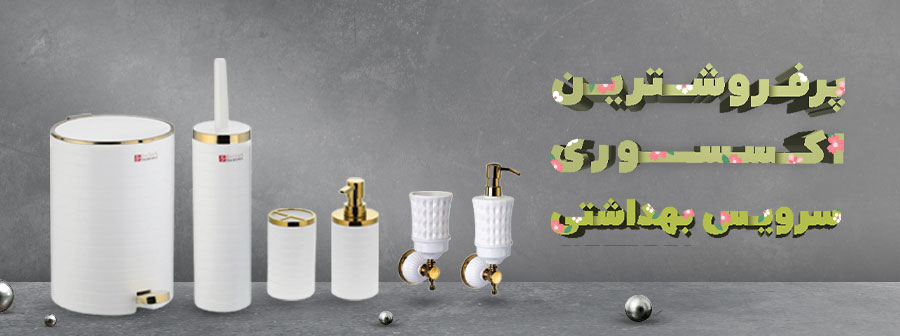
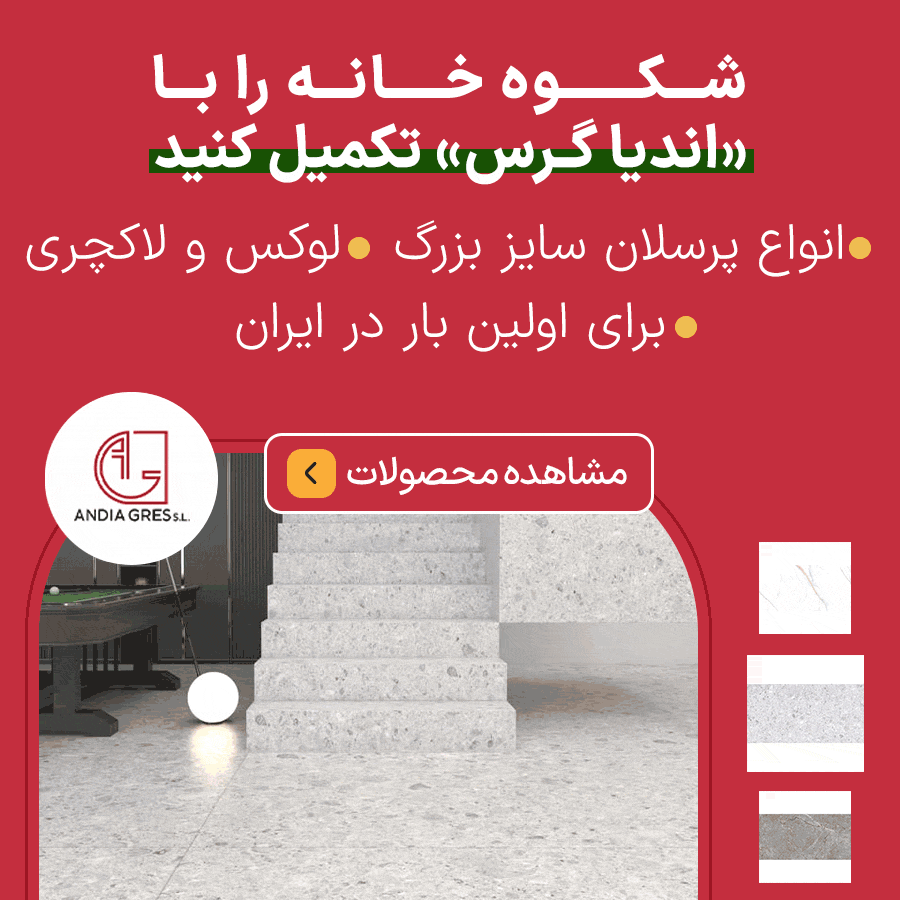
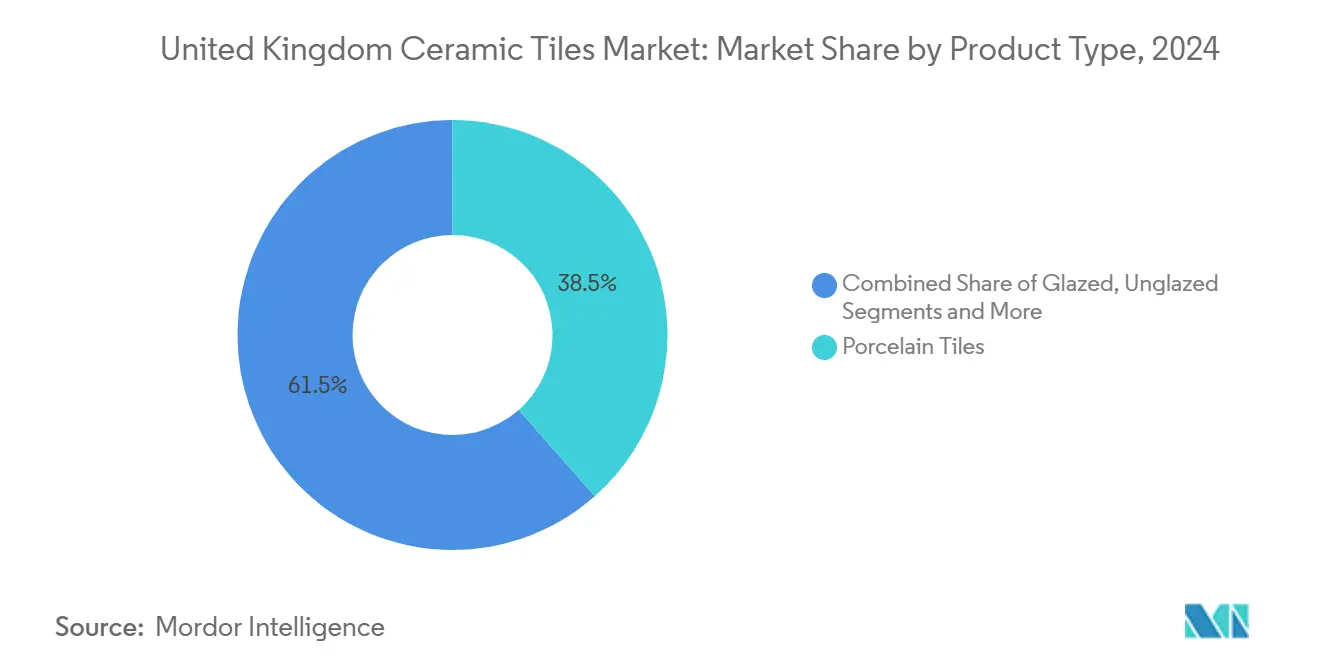
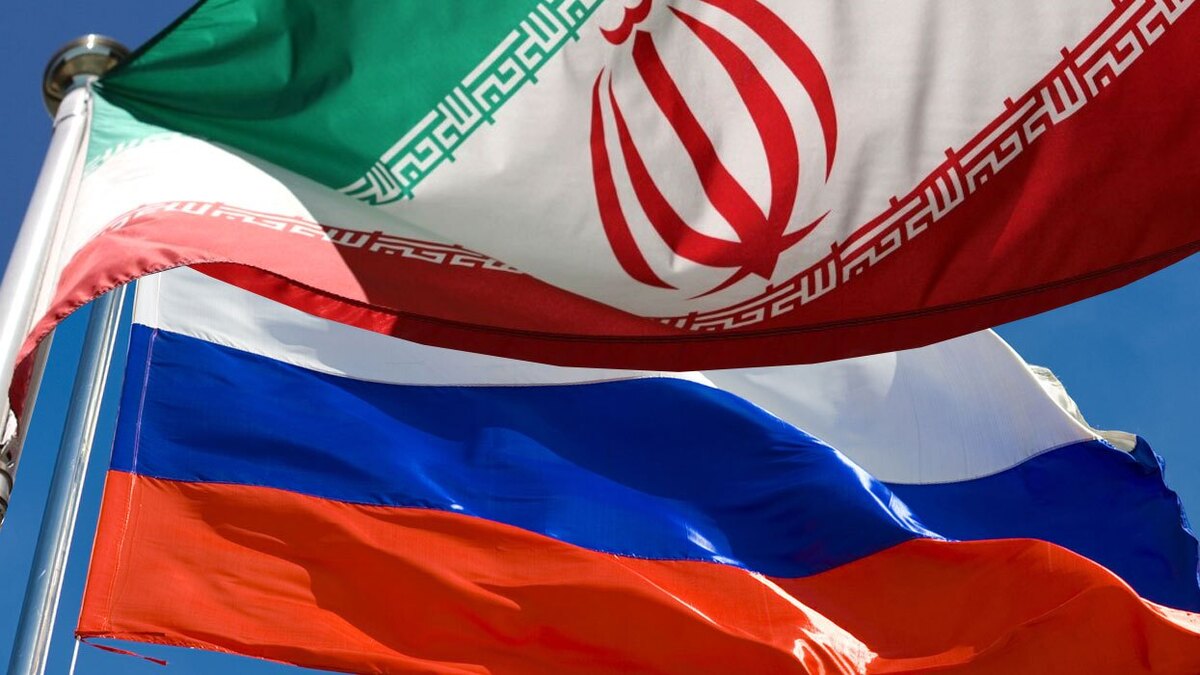


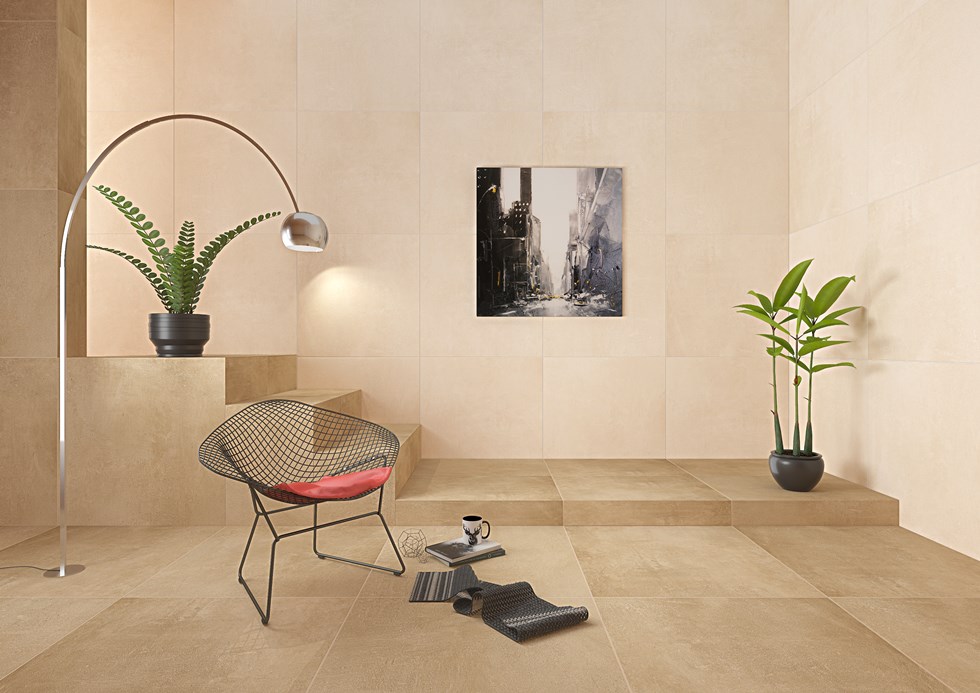
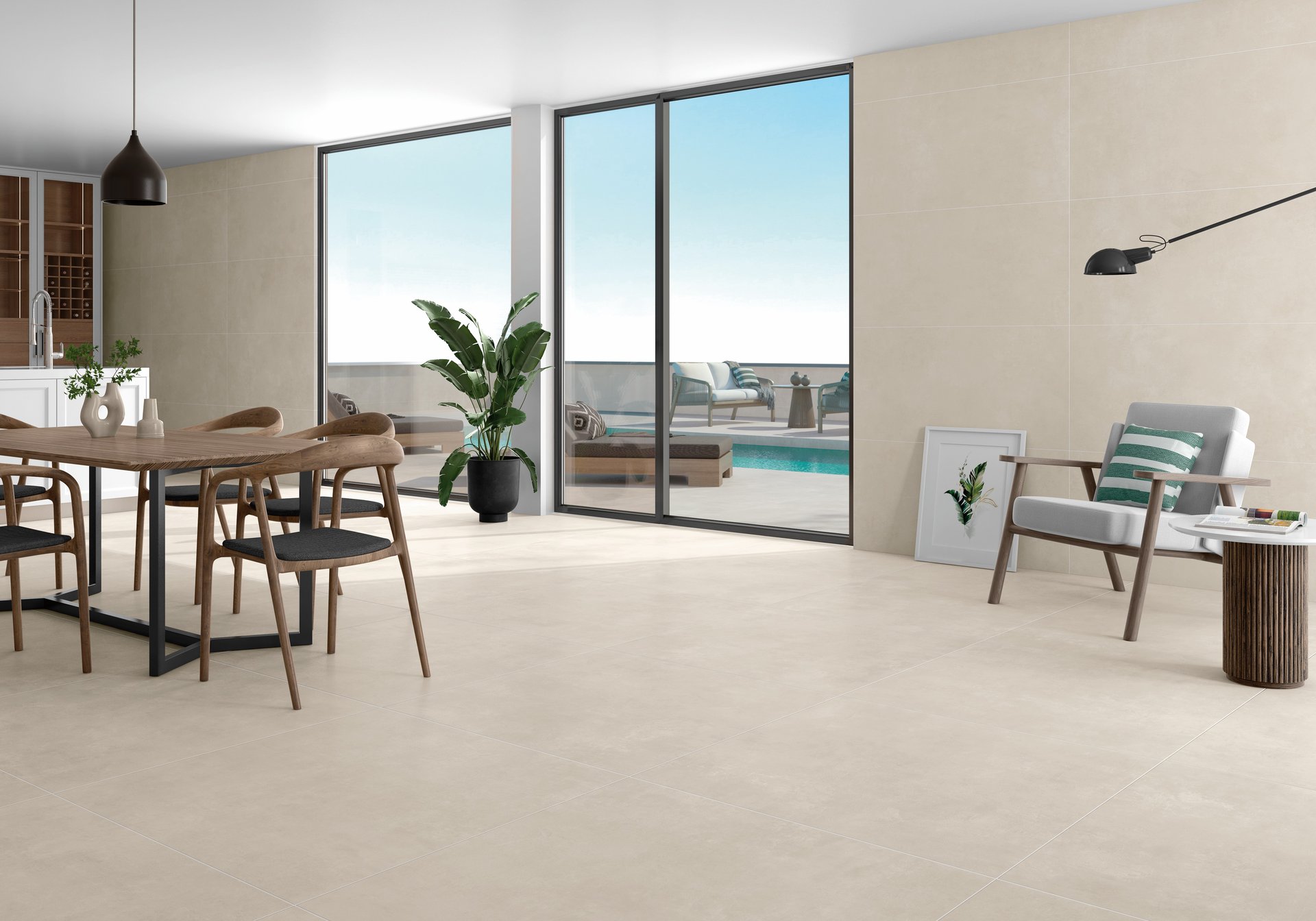
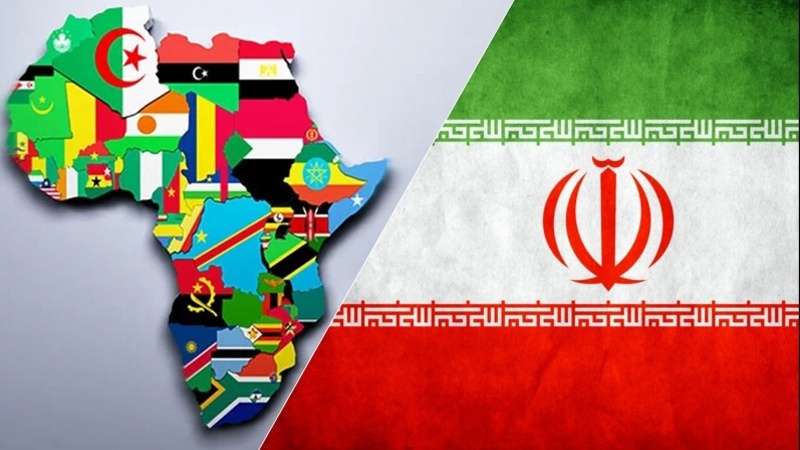
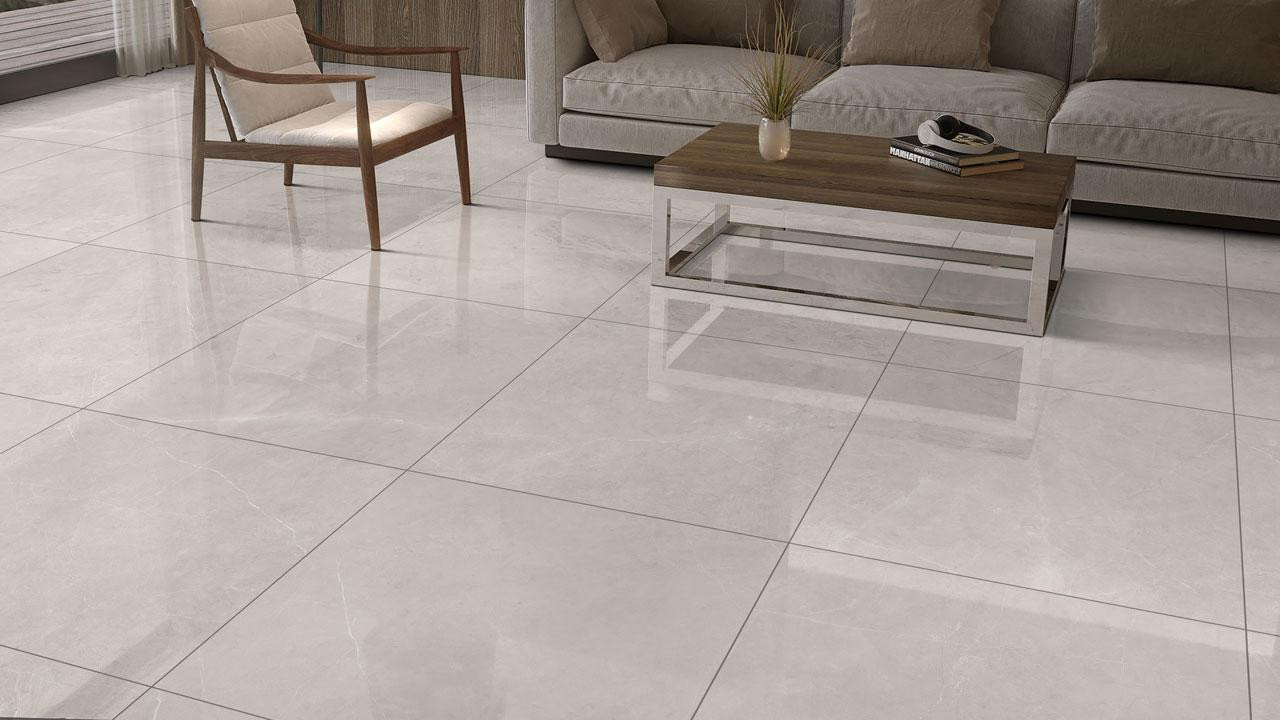
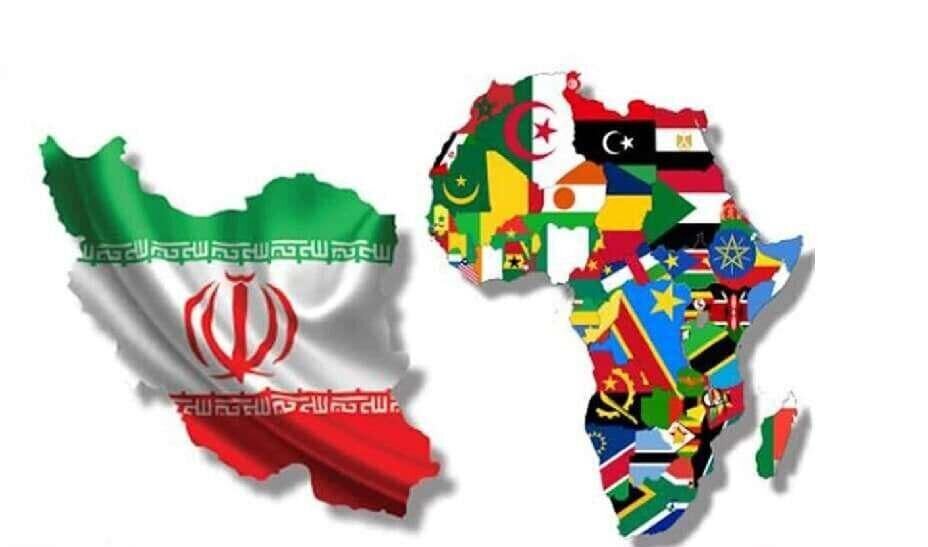


نظرات ۰